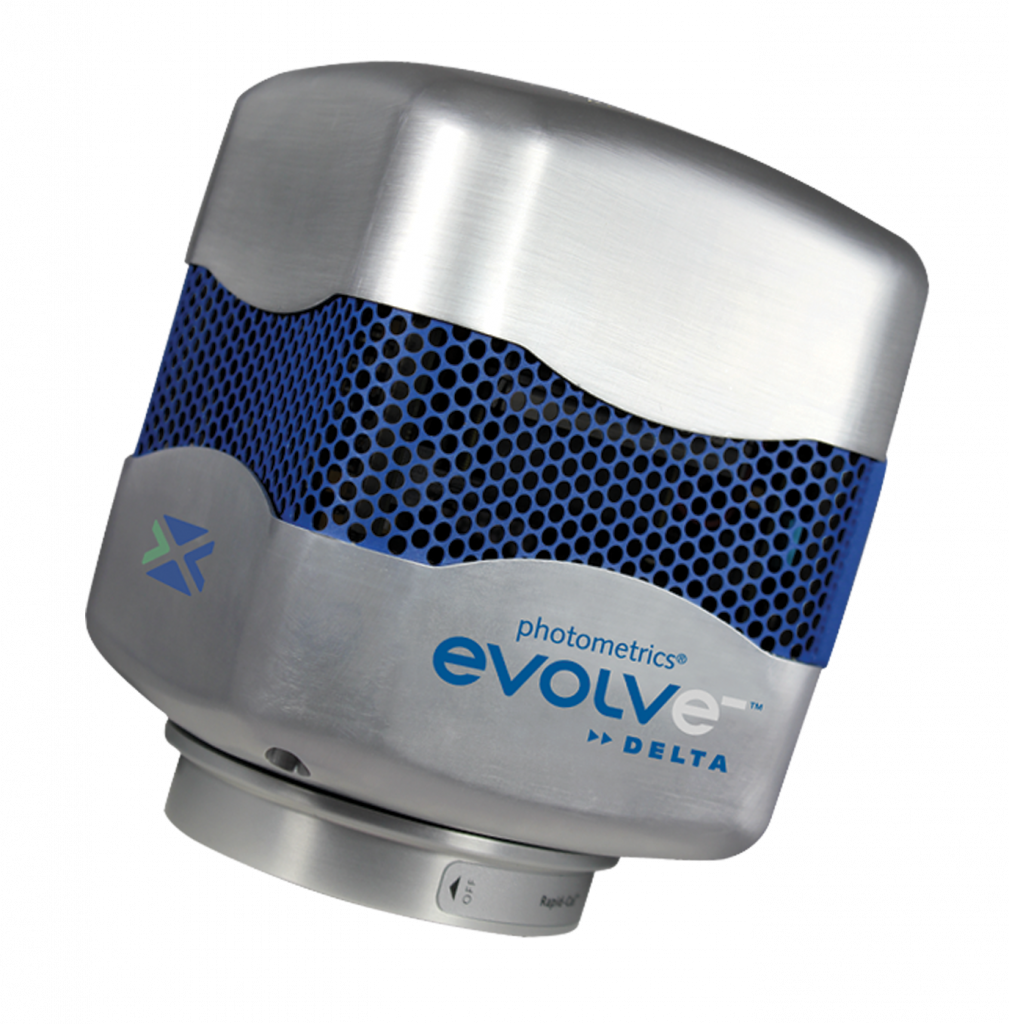Darin Peev, PhD Student
University of Nebraska, Walter Scott Engineer Center
Background
The Walter Scott Engineer Center maintains extensive research facilities that include active and passive remote sensing facilities, an optical polarimetric scatterometer, an atomic force/scanning tunneling microscope facility and a microwave anechoic chamber facility.
In the optics and nanomaterials lab, ellipsometry is the technique that is used. This technique involves probing materials with light that is sent to the sample, causing the signal to bounce, which is then detected by a simple detector. When the light interacts with the sample, it changes its polarization state. The team was specifically interested in optimizing the detection of the sample’s attachment.
Challenge
Slow detection is the greatest challenge in studies involving ellipsometry. Important in this research are the speed, accuracy and high spatial resolution properties of the polarimeter, which can also be used as a polarization microscope. Because detection is very slow, it increases the potential to miss important interactions. The research team needed a solution that would increase speed while improving spatial resolution, and also enable them to capture reflection dynamics of sample interactions. They also wanted the ability to study how samples changed over time.
The Evolve 512 Delta EMCCD camera has saved us a lot of time and we have much better resolution within our experiments.
Solution
Ellipsometry studies don’t usually use a camera as the detection device, however the team decided it was the best solution to help them achieve their goals. They selected the Evolve® 512 Delta EMCCD camera (new series now available) as their detection device and are now obtaining results much more quickly. “It used to take eight seconds to image and now we can acquire data in 20 milliseconds. We now have more time to collect more data and get results faster,” states Peev. The low read noise of the camera also gives us a better signal to noise ratio.
The team now has much more flexibility in their research. The instrument can be used in different regimes such as dark-field microscopy or even as a Mueller matrix ellipsometric system. Using the low noise characteristics of the Evolve 512 Delta camera, they have the ability to normalize their measurements by using the imaged area as a reference, and using captured intensities for normalization, thus greatly suppressing the source fluctuations.

